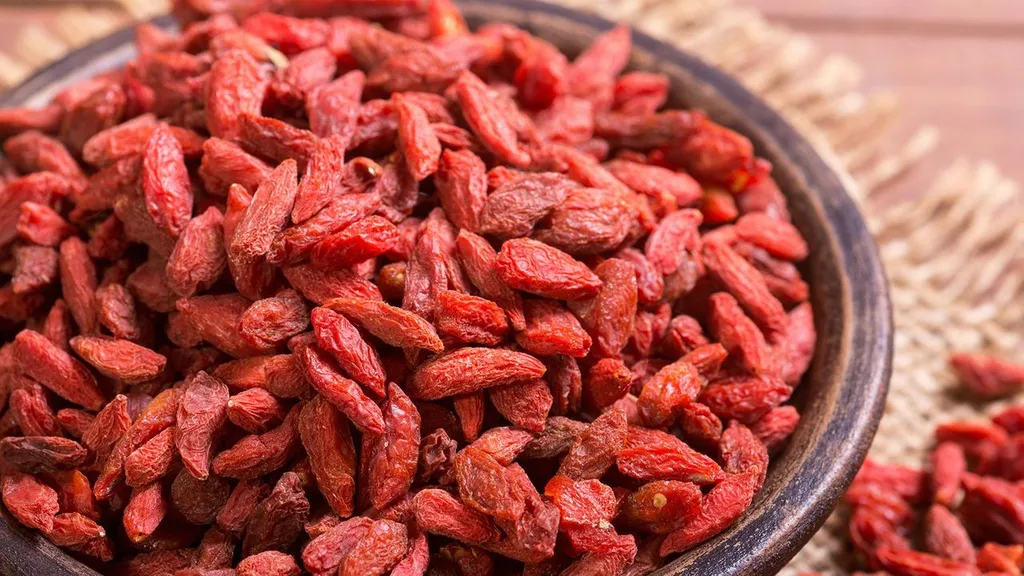In the heart of China’s agricultural landscape, a humble plant known as *Lycium barbarum*, or commonly known as goji berry, is gaining attention not just for its medicinal and culinary uses, but also for its remarkable ability to thrive in salty soils. A recent study published in the journal Horticulturae, led by Jintao Lu from Beijing Forestry University, has uncovered the secrets behind this plant’s salt tolerance, potentially paving the way for more resilient crops and improved agricultural practices.
The research team identified and characterized 52 universal stress protein (USP) family members in *Lycium barbarum*, which play a crucial role in helping the plant cope with environmental stresses. These USPs were found to be unevenly distributed across all 12 chromosomes of the plant. “This uneven distribution suggests that different USPs might have specialized roles in various parts of the plant,” Lu explained.
The study also revealed that these USPs are grouped into four distinct categories, each with a unique combination of conserved USP domains and diverse motifs. This diversity indicates that while the core function of USPs is conserved, they have evolved to perform specific tasks in response to different stresses.
One of the most intriguing findings was the strong synteny of *LbUSP*s with orthologs in *Solanum lycopersicum* (tomato), suggesting that gene duplication coupled with functional conservation is a primary mechanism underlying *USP* family expansion in *L. barbarum*. “This synteny indicates that these genes have been conserved throughout evolution, highlighting their importance in stress response,” Lu noted.
The researchers also found abundant cis-acting elements in the promoters of these USP genes, which are associated with abiotic and biotic stress responses, phytohormone regulation, and growth and development processes. This suggests that these genes are not only involved in stress response but also play a role in the plant’s overall growth and development.
Transcriptome sequencing and RT-qPCR validation revealed tissue-specific differential expression patterns of several *LbUSP* genes in roots and stems under salt stress. This finding identifies these genes as prime candidates for mediating salt resistance in *Lycium barbarum*.
The implications of this research are significant for the agricultural sector. Understanding how *Lycium barbarum* copes with salt stress could lead to the development of more salt-tolerant crops, which is crucial as soil salinization becomes an increasingly pressing issue worldwide. “This research provides a foundation for the functional characterization of *LbUSP*s and molecular breeding of salt-tolerant *L. barbarum* cultivars,” Lu said.
Moreover, the insights gained from this study could also be applied to other crops, potentially revolutionizing agriculture and improving food security. As we face the challenges of climate change and increasing population demands, the need for resilient and productive crops has never been greater.
In the quest for sustainable agriculture, the humble goji berry might just hold the key to unlocking a future of salt-tolerant, high-yielding crops. With further research and application, the findings from this study could shape the future of agriculture, ensuring food security and sustainability for generations to come. The research was published in the journal Horticulturae, which translates to “Horticulture” in English, underscoring the practical applications of this study in the field of plant science and agriculture.

